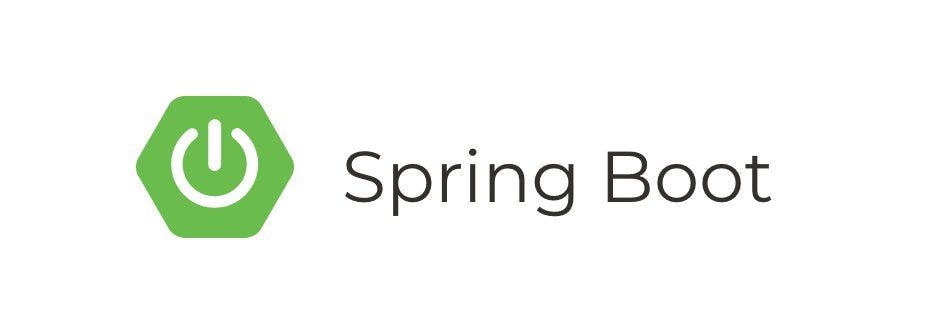Reactive programming is a paradigm that deals with asynchronous data streams and the propagation of change. In this tutorial, we’ll focus on building a simple Spring WebFlux application with R2DBC for interacting with a MySQL database reactively.
Prerequisites:
- JDK 11 or later installed.
- Maven or Gradle for project management.
- MySQL database server installed and running.
Step 1: Create a Spring Boot Project
Use Spring Initializer to generate a new Spring Boot project with the following dependencies:
- Spring Webflux
- R2DBC MySQL
You can use https://start.spring.io/ or your IDE’s Spring Initializer tool.
Step 2: Set up MySQL Database
Create a MySQL database and a table for the example. For simplicity, let’s create a users table with id, name, and email columns.
Step 3: Configure Database Connection
In your application.properties or application.yml file, add the following configuration:
# R2DBC Configuration
spring.r2dbc.url=r2dbc:mysql://localhost:3306/reactive_example
spring.r2dbc.username=<your_mysql_username>
spring.r2dbc.password=<your_mysql_password>Step 4: Create Entity Class
Create a simple entity class representing a User.
Step 5: Create Repository Interface
Create a repository interface that extends ReactiveCrudRepository for handling database operations.
Step 6: Create Controller
Create a controller to handle HTTP requests. Use the UserRepository to interact with the database reactively.
Step 7: Run and Test
Run your Spring Boot application and test the endpoints using tools like curl, Postman, or any other API testing tool.
That’s it! You’ve created a simple Spring WebFlux application with R2DBC for MySQL. This example demonstrates the basic setup, and you can extend it to include more complex business logic and features based on your application requirements.




